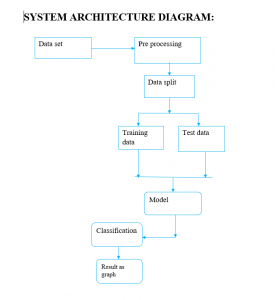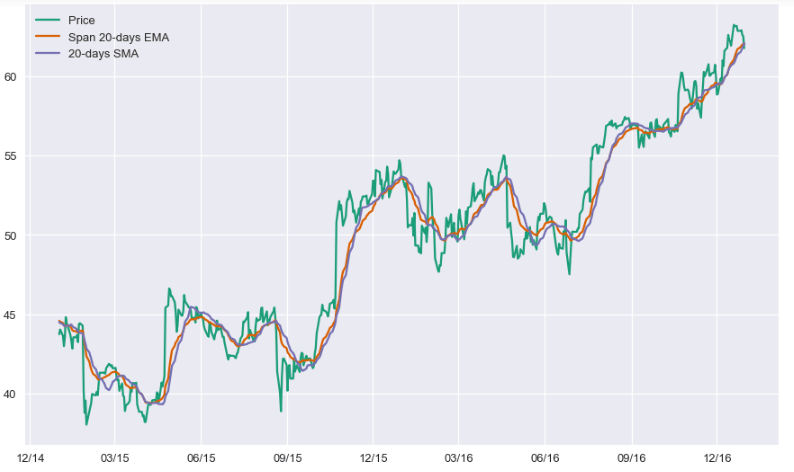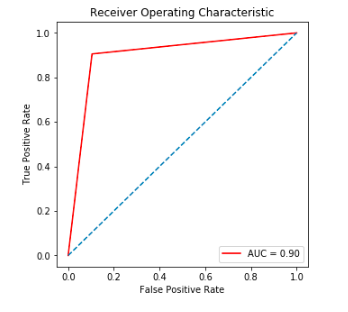Description
Objective:
Our project aim has to detect ransomware using Deep learning with help past experience. So here we are making a model for the detection of ransomware.
Problem Statement:
Ransomware is one type of malware that prevents the user from using their computer or mobile phone for accessing certain files unless the user pays a ransom which is often by credit card. It often encrypts files 3 or folders, so that they cannot be opened. In this project, our goal is to find the best architecture for the MLP and ANN by doing various experiments related to network parameters and structures to generate accuracy and predict whether it is Ransomware or not.
Ransomware Detection and Classification Using Machine Learning
ABSTRACT:
In this paper presents at the growth of malware that poses a major threat to internet users, governments, and businesses around the world. One of the major types of malware, ransomware, encrypts a user?s sensitive information and only returns the original files to the user after a ransom is paid. . We extract high-level flow features from this traffic and use this data for ransomware classification. We write a stream processor and use a random forest, binary classifier to utilize these rich flow records in fingerprinting malicious, network activity without the requirement of deep packet inspection. Our classification model achieves a detection rate in excess of 0.8
6, while maintaining a false negative rate under 0.11. Our results suggest that a flow-based fingerprinting method is feasible and accurate enough to catch ransomware before encryption. Therefore, a new protection mechanism specialized for ransomware is needed, and the mechanism should focus on ransomware-specific operations to distinguish ransomware from other types of malware as well as benign files. This paper proposes a ransomware detection method that can distinguish between ransomware and benign files as well as between ransomware and malware. The experimental results show that our proposed method can detect ransomware among malware and benign files. Ransomware Detection and Classification Using Machine Learning
INTRODUCTION:
The economic benefits and anonymity has fostered cybercriminals to perform continuous ransomware attacks in various sectors. These attacks are often delivered via phishing campaigns where a user is masqueraded with a seemingly genuine email with malicious links or attachments. Also, 21% of the attacks are from a remote attack on the server, and the remaining through misconfigured systems and USB devices. Recently, phishing attacks are coming in the form of COVID-19 themed lures and exploiting people?s concerns over the pandemic and safety of their family members. The prototype AIRaD tool stands on the proposed architecture and gives the user the flexibility for ease of use with detailed analysis.

EXISTING SYSTEM:
In recent years, the prevalence of malware has increased dramatically. In fact, ransomware has grown into one of the most prominent strains of cybercrime. Clearly, ransomware mitigation techniques need to be designed in order to prevent successful attacks of malware. Luckily, there has been some work in the detection and mitigation of malware. However, these studies focus on ransomware identification delivered through HTTP. s. If the size of an API log file is less than 10 KB, the log file is removed because we consider, the file is not executed properly. Out of the 2200 samples, 58 ransomware files, 70 malware files, and 8 benign files were excluded. While the underlying method for distributing and launching ransomware is similar, the individual traffic shapes likely differ slightly across ransomware flavors based on the ransomware developer. We leave this investigation to future work. In order to classify traffic at a line rate, we plan to write our classifier in C++ as a stream processing kernel.
DIS ADVANTAGES:
1. Clearly, ransomware mitigation techniques need to be designed in order to prevent successful attacks of malware.
2. The API log file is less than 10 KB.So this file is not executed properly.
3. Only utilize the unencrypted features of HTTPS traffic for model creation.
PROPOSED SYSTEM:
This paper proposes a ransomware detection method based on Deep learning algorithms. For each sample, extracted API sequences are processed and n-gram sequences are generated. The classification model is generated using the generated vector with weights. In our experiments, Deep learning algorithms were used input files were divided into a training set and a testing set for fivefold cross-validation. Each classifier gets testing set as a hyperparameter and performs classifications. The classification results were fed back to the Deep learning model to improve the model. We argue that our proposed method can contribute to defending against ransomware by distinguishing ransomware (malware application) from other unknown files in near real-time.
ADVANTAGES:
- Composition of our dataset and the metrics that define success for our classifier.
- This type of model is generated using the generated vector with weights.
- The Deep Learning model to improve the model.



































































































































































































































































































































































































































































































































































































































































































































































































































































































































































































































































Customer Reviews
There are no reviews yet.